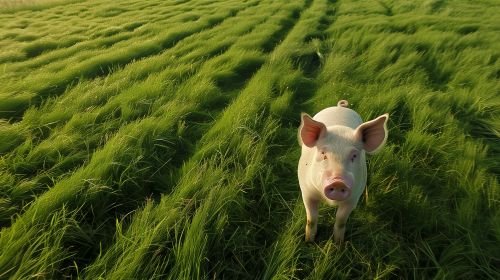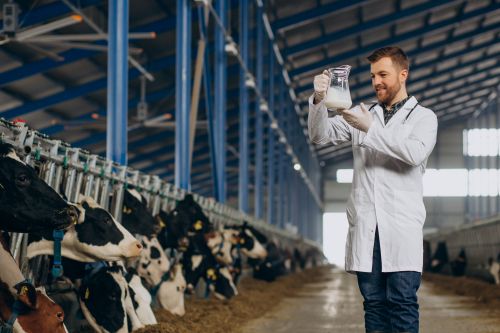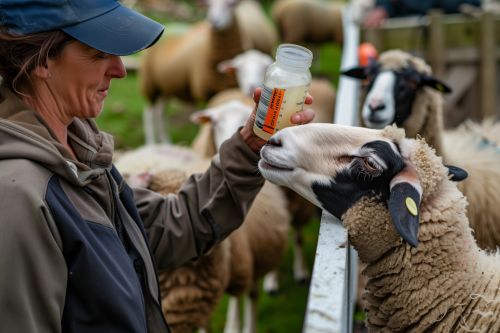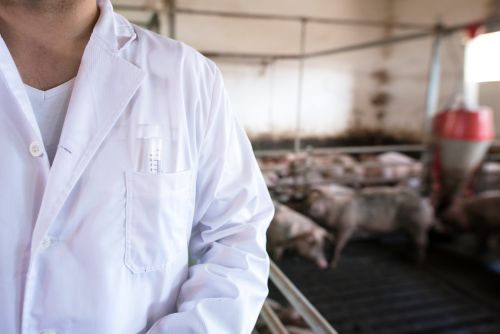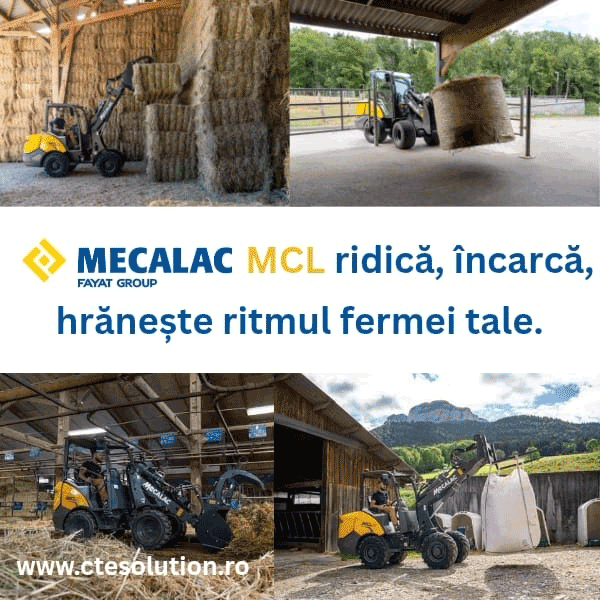365
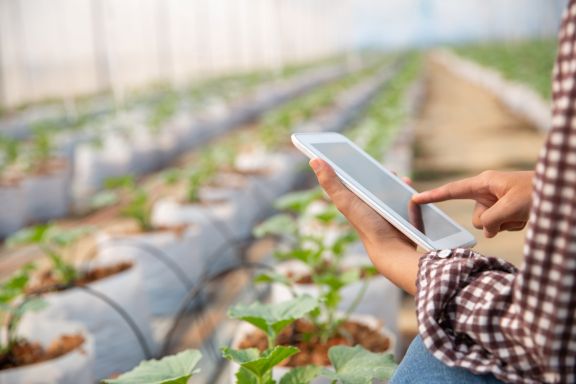
Digital Transformation of Romanian Farms: From Potential to Necessity
The digital transformation of Romanian farms is still in its early stages, but the trend is clear: technology is becoming a decisive factor of competitiveness. According to data from the European Commission, less than 25% of Romania’s agricultural holdings currently use digital solutions for crop management, irrigation, or livestock monitoring.
The financing programs under the National Strategic Plan (PNS) 2023–2027 now include eligible investments for smart equipment, moisture sensors, agricultural drones, automated weather stations, and data analysis software. In addition, AFIR introduced in 2024 a sub-measure dedicated to the digitalization of small farms, with a budget exceeding €50 million.
Farmers who adopt modern technologies report significant savings: reduced water consumption, optimized feeding, and more accurate disease control. Successful examples from Western Romania show that investments in digitalization can increase farm profitability by 15–20% per year.
In the long term, digital agriculture is no longer an option, but a necessity. Data integration, artificial intelligence, and process automation will define the competitiveness of Romanian farms over the next decade. Romania benefits from a young generation increasingly familiar with technology — a potential that must be harnessed through coherent policies and sustained investment.
(Photo: Freepik)
